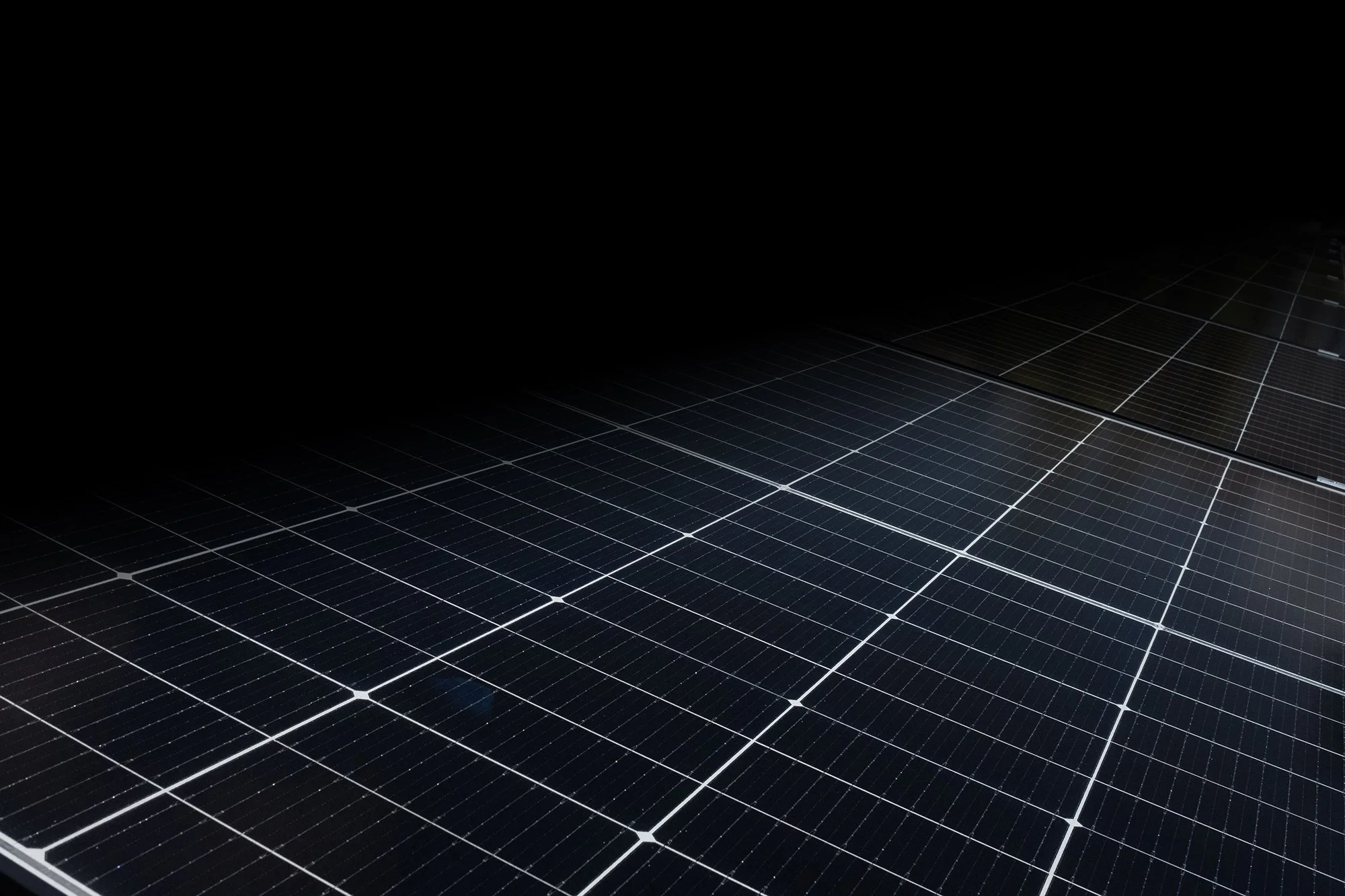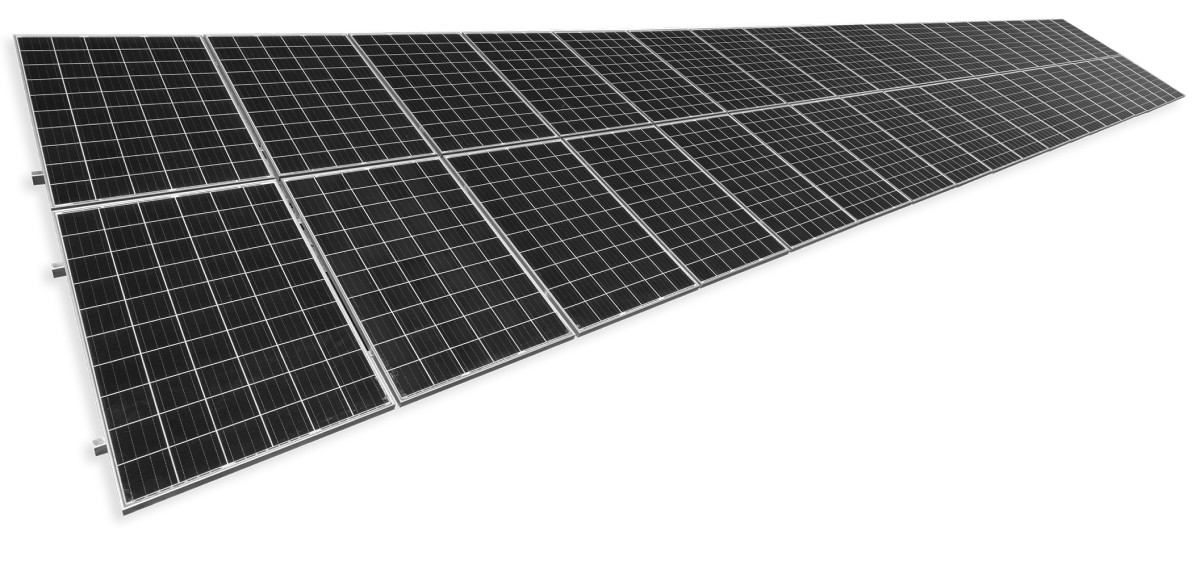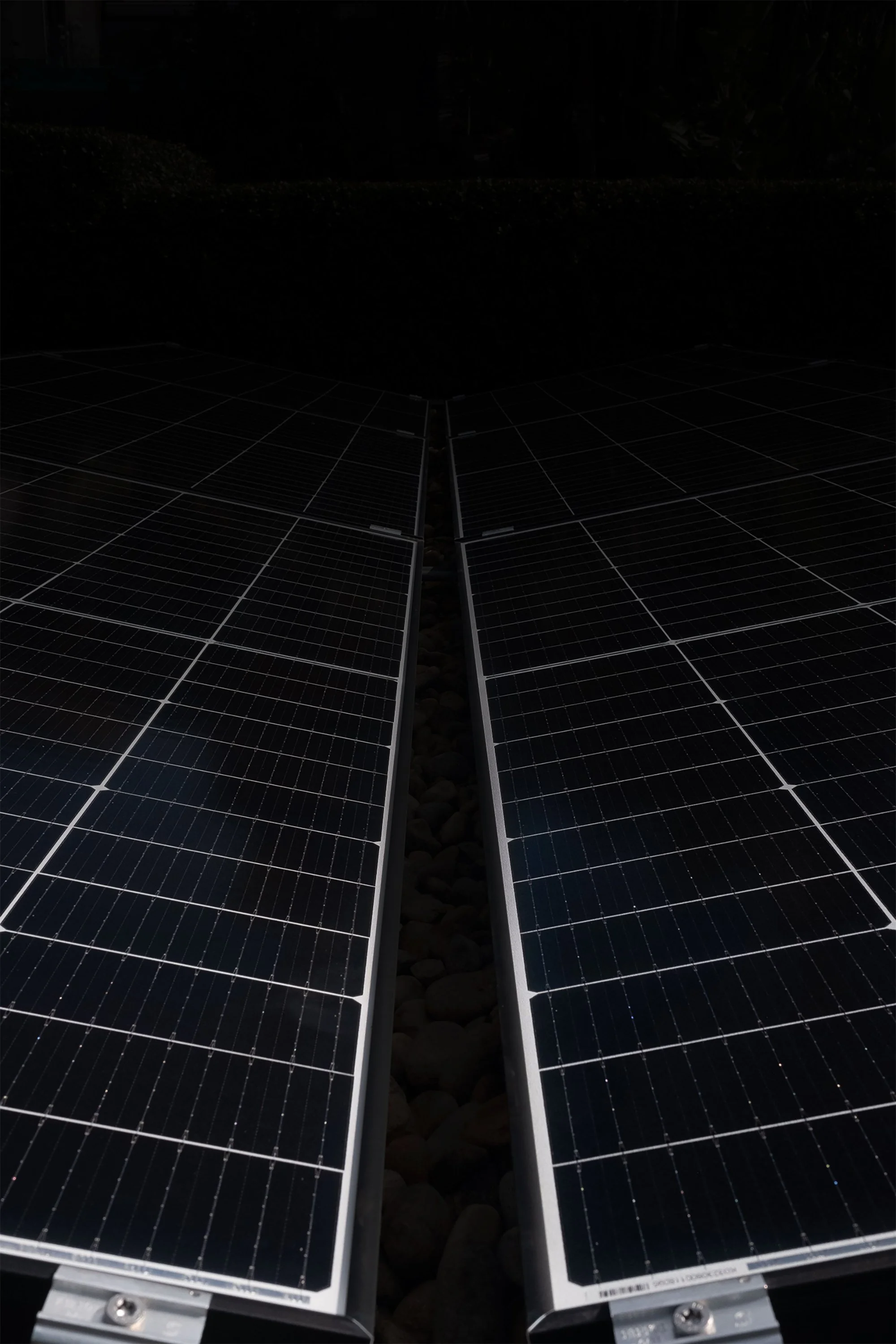
Why Switch to Solar Energy?
Turn Sunshine into Savings
CLEAN POWER, ENDLESSLY RENEWABLE
Every hour, the sun delivers more energy to Earth than the world consumes in a year — a limitless resource shining freely around us. With solar panels, you can tap into that supply right from your own rooftop, turning sunlight into clean, renewable power for your home. It’s a smarter way to cut energy costs, rely less on the grid and embrace a more sustainable future.
Solar Energy

Benefits
Reduce your carbon footprint with clean, renewable power
Tap into the most abundant energy source on Earth
Low-maintenance technology with long lifespans
Boost your property’s value and appeal
Access renewable energy finance and government incentives
Generate electricity at a lower cost than buying from the grid
Protect yourself from rising electricity prices
Support the growth of Australia’s renewable energy future
Gain energy independence by producing your own power
Fulfilling Humanity’s Longtime Dream of Solar Energy
The first silicon solar cell, built by Bell Laboratories in 1954, was hailed as “the beginning of a new era — harnessing the almost limitless energy of the sun for the uses of civilisation.” Today, that dream is our reality. Solar energy is one of the most economical ways to generate electricity, and every rooftop panel is an investment that can reduce your electricity bill for decades while easing pressure on the planet. Each day you wait is another day your home could be capturing the sun’s energy. Take control of your home’s power, embrace a sustainable future and be part of a global movement shifting away from reliance on the grid.
3-5 years is the average time it takes for solar to pay for itself in NSW. A typical 6.6kW system saves around $1,200 to $1,800 annually on electricity bills.
Over 70% of your home’s electricity can come from a 6.6kW solar system. Larger systems & batteries increase the benefits.
500,000+ homes
in NSW already use rooftop solar — join them & future-proof your energy bills. Solar starts delivering savings immediately.
1.8–2 tonnes
of CO₂ is how much a typical solar system can offset each year. That’s equivalent to planting over 150 trees a year.
How Solar Energy Works
How Solar Energy Works
Solar panels are made up of photovoltaic (PV) cells, which capture sunlight and turn it into direct current (DC) electricity. When sunlight hits the panels, tiny particles of light, called photons, knock electrons loose inside the cells, generating electricity.
Because your home runs on alternating current (AC) power, the DC electricity is sent to a solar inverter, which converts it into usable AC energy. From there, it flows through your main switchboard and powers your home.
If you have a battery system installed, any extra solar energy can be stored for use at night or on cloudy days, or exported back to the grid, bringing you closer to a $0 power bill.
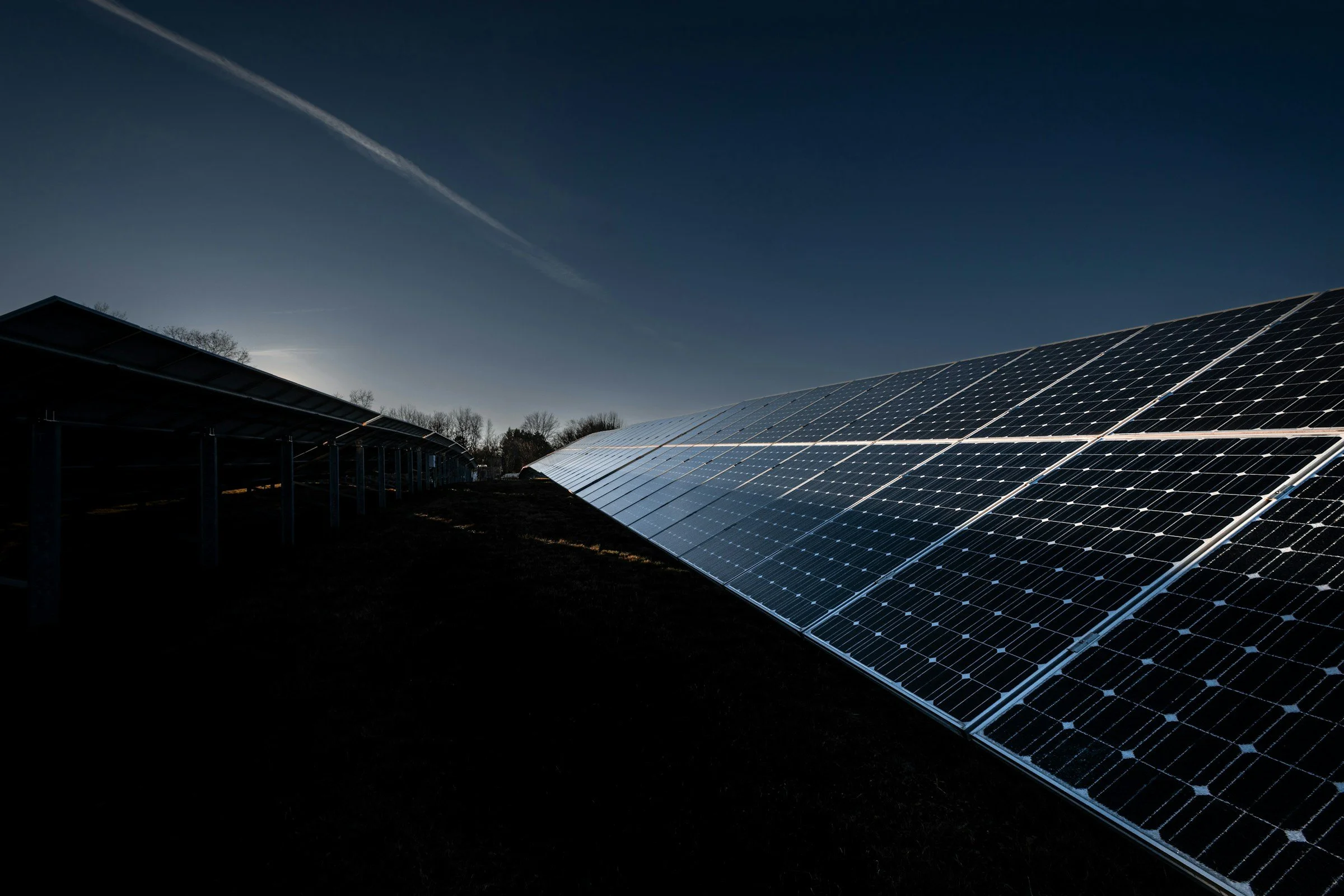
Produce, Store & Consume All Your Own Energy.
Energy Flow
Solar panels capture sunlight & convert it into electricity. The energy they produce is first used to power household appliances. Any surplus electricity can charge a home battery or, if the battery is full, be exported back to the grid for credit.
Solar Energy Generation
Batteries store excess solar energy for use when sunlight isn’t available, such as at night or on cloudy days. This stored energy can supply household needs, reducing reliance on the grid. Batteries can also feed electricity back into the grid.
Battery Storage
The home draws energy from the panels first, then from the battery when needed & the grid if necessary. The more solar you use in real time, the greater your savings. Using appliances like dishwashers & washing machines during the day will maximise your investment.
Household Consumption
The grid acts as a backup, supplying power when home generation & storage are insufficient. It also receives excess solar energy that isn’t used or stored, allowing homeowners to earn credits for contributing energy back to the system.
Grid Interaction
